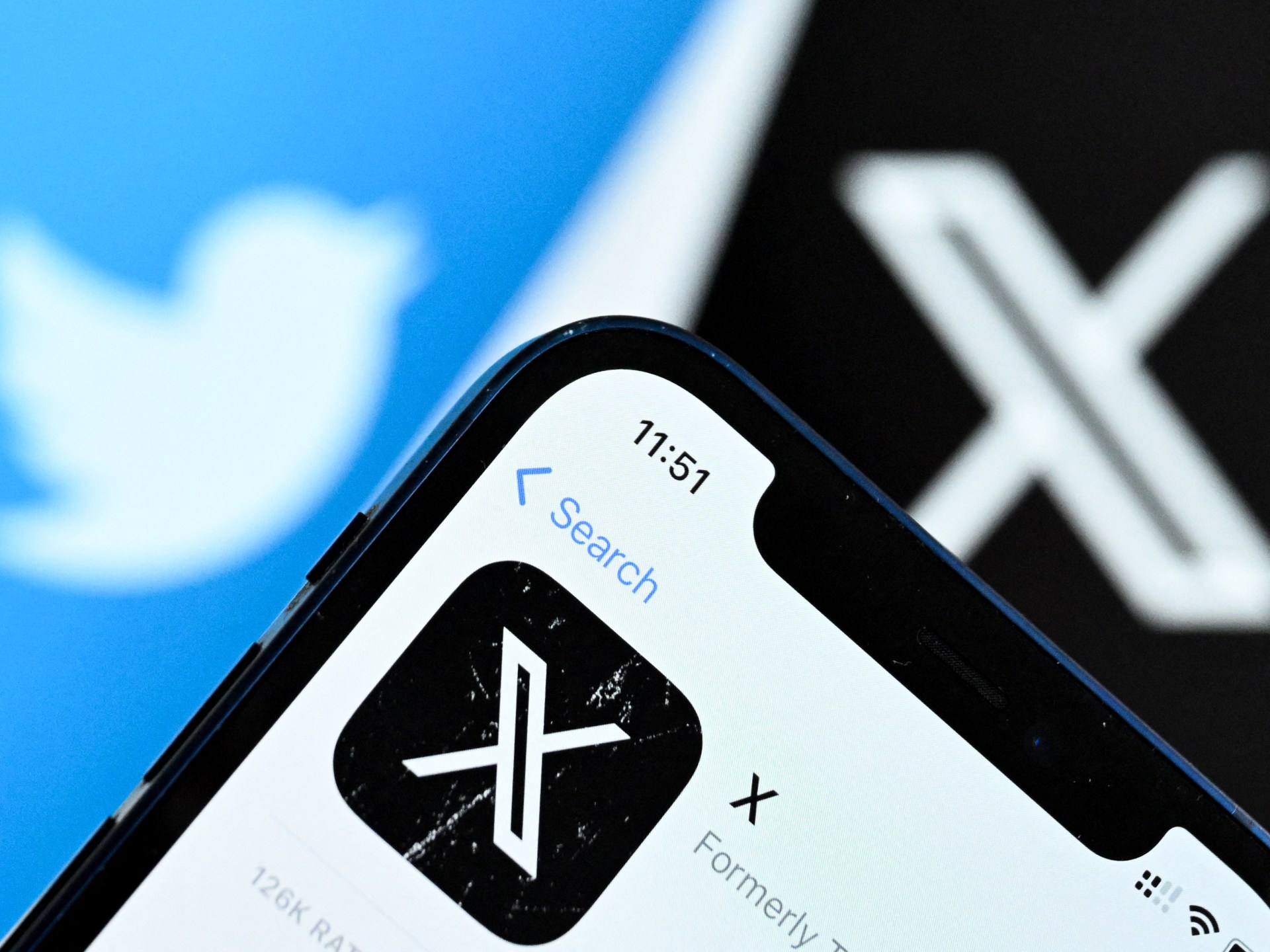
Elon Musk has blamed a “massive DDOS attack” for interrupting his much-anticipated interview with United States Republican presidential candidate Donald Trump and causing a lengthy delay.
The interview was livestreamed on Musk’s social media platform, X, formerly Twitter, and was scheduled to begin at 8pm EST (midnight GMT). However, many users reported that they couldn’t access the chat, causing Musk to put it on hold for several minutes.
In the interview, Musk bantered in a friendly manner with the former president on issues like immigration and the US economy. Trump, who returned to the platform after a year, made several unsubstantiated claims that went unchallenged by Musk, who had earlier endorsed the Republican for the upcoming November elections.
The tech billionaire reinstated Trump’s account in 2022, nearly two years after it was “indefinitely suspended” by the platform’s previous management for “inciting violence”.
Some 20 million have since listened to a recording of the conversation, according to figures released by X. Here’s what you need to know about the glitch:
What happened?
The “conversation”, as Musk has put it, faced technical hurdles less than an hour into its start as some listeners were confronted with the error message: “This Space is not available,” referring to X’s live audio streaming feature, Spaces.
X users reported that websites crashed after clicking on the Spaces link. The interview was hosted on Donald Trump’s official X account.
There appears to be a massive DDOS attack on 𝕏. Working on shutting it down.
Worst case, we will proceed with a smaller number of live listeners and post the conversation later.
— Elon Musk (@elonmusk) August 13, 2024
Musk, in an X post, said his team was working to shut down the interruption. He also said the X team had earlier in the day conducted stress tests on the system with eight million concurrent users, but did not provide details of the test, or more information on the source of the alleged attacks.
Some 40 minutes after the scheduled start, users reported being able to access the link again and listen to the interview. The chat lasted about two hours, with about a million listeners listening in real time.
The billionaire entrepreneur appeared to hint that the attack came from the US Democratic Party. He responded “Yeah” to an X post that sarcastically claimed Democrats were “fighting to save Democracy” with the attacks, but did not provide proof.
What’s DDoS?
A “Distributed Denial of Service”, or DDoS, attack is a malicious attempt to disrupt the normal operations of a server by flooding it with high levels of fake traffic that prevents regular users from accessing the network.
Attackers usually make use of multiple compromised computer networks or other internet-connected devices that have been compromised with malware, turning them into bots.
These “zombies” are then directed remotely to the targeted server, jamming and overwhelming it. The fake traffic spike usually causes the server to slow suddenly, or worse, to become unavailable altogether.
Has this happened before on X?
Yes. In a similar event in May 2023, Twitter’s livestream event with Republican Florida Governor Ron DeSantis suffered a technical setback. DeSantis announced his presidential nomination bid in an interview with Musk on X. It marked the first time a US presidential candidate would launch their campaign on the platform.
Some 600,000 people had turned up for the event on Spaces, but users reported feedback and unclear audio, causing a long delay. Others reported their X app logging them out or crashing. By the time service was restored some 25 to 30 minutes in, the listener numbers had fallen drastically by more than a quarter.
DeSantis, at the time, said he chose to launch his campaign on X rather than on TV, citing Musk’s stance as a “free speech advocate”.
Musk claimed X’s servers were stressed by the number of listeners.
Is X struggling with technicalities under Musk?
Some analysts say the platform’s technical mishaps have increased since Musk’s takeover.
The billionaire purchased Twitter for $44bn in 2022 and proceeded to lay off some 80 percent of the company’s staff, keeping a skeletal crew on crucial teams, such as those monitoring the site’s reliability. The layoffs came amid financial woes that have prompted the site to more substantially monetise, by forcing people to pay for the famous “blue tick” verification badge, for example.
Advertiser numbers have dropped, and user numbers have fallen largely due to concerns about rising hate speech levels on the platform as Musk has been accused of platforming far-right voices on X.
He has positioned the platform as a “free speech” site, separate from mainstream media, and has reinstated the suspended accounts of several controversial figures, including Trump.
Last week, Musk and X sued a group of advertisers including Unilever and American drugstore CVS for “boycotting” the platform.
In documents obtained by US publication Axios in January, the mutual fund company Fidelity, which owns a stake in the company, reported that X had lost 71 percent of its value since Musk’s purchase. The company is now reportedly worth a little more than $12bn.
EMEA Tribune is not involved in this news article, it is taken from our partners and or from the News Agencies. Copyright and Credit go to the News Agencies, email news@emeatribune.com Follow our WhatsApp verified Channel





